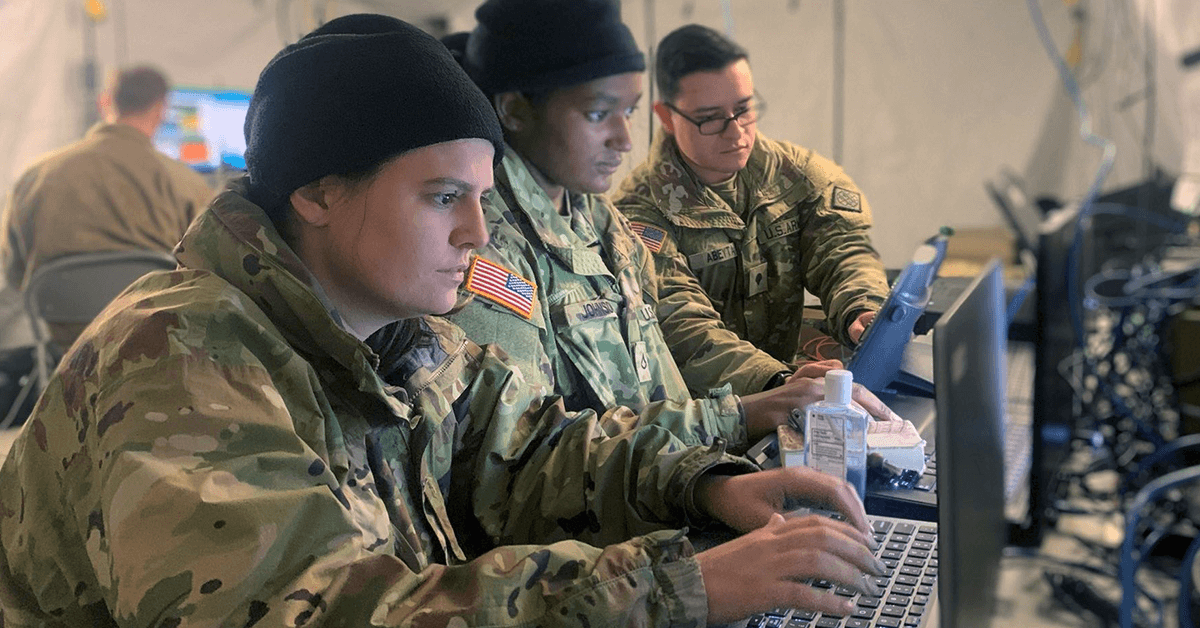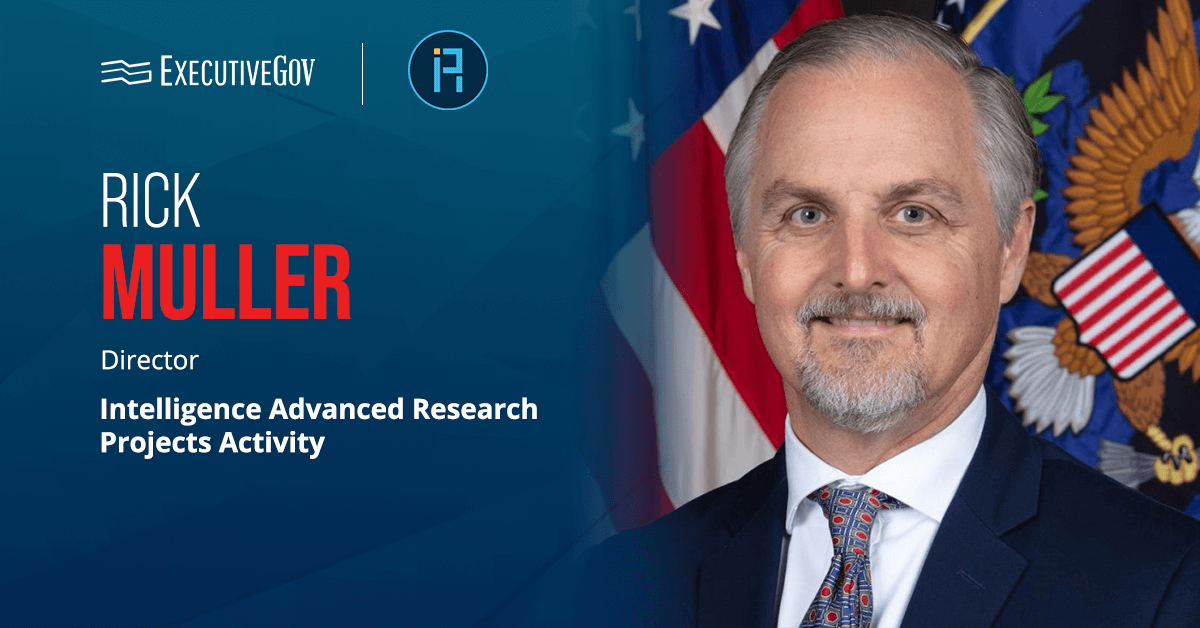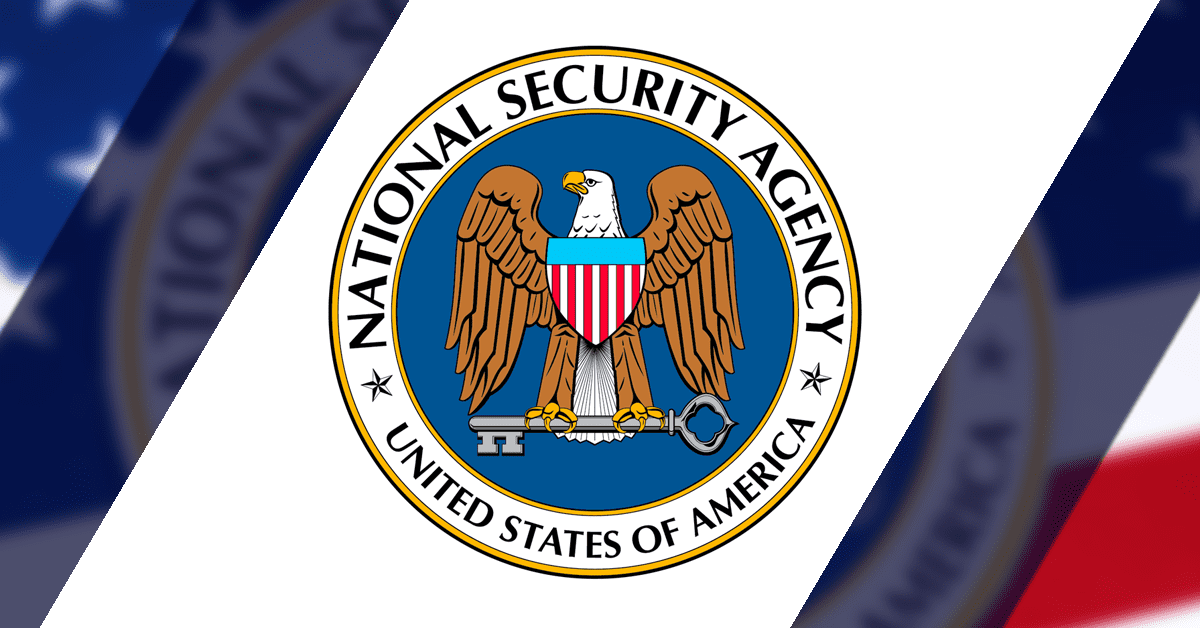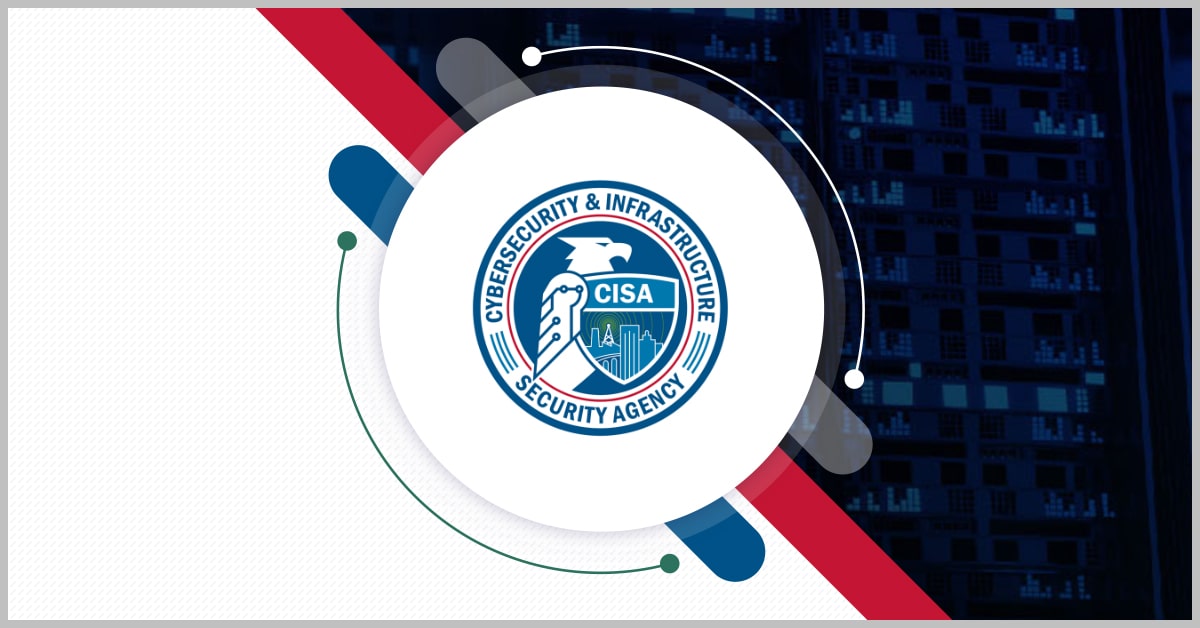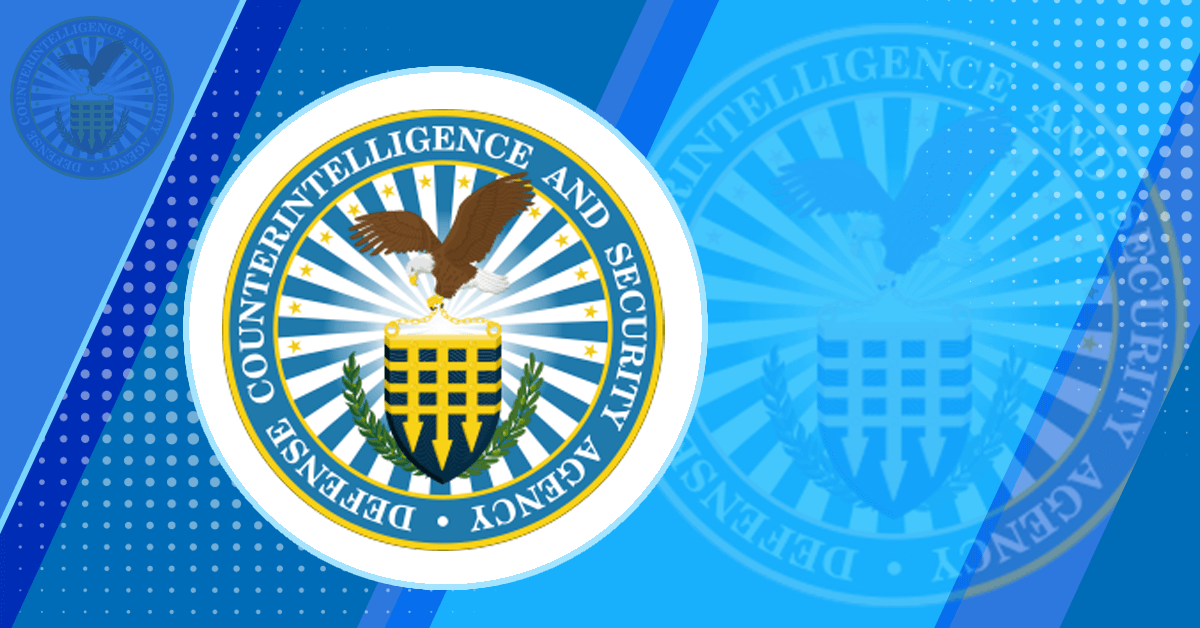The U.S. Army’s Network Enterprise Technology Command, or NETCOM, has started implementing a cloud-based directory and device management platform to deliver enhanced security and capabilities to warfighters worldwide.
The Army said Wednesday it will transition all unclassified end-user computers to the Army Unified Directory Service, or AUDS, by the end of September.
Table of Contents
What Is AUDS?
AUDS seeks to merge all unclassified Army directories into a single, unified network to help streamline user and device management.
The platform is leveraging artificial intelligence to facilitate integration with a threat intelligence network and facilitate proactive response to emerging threats. It also applies threat detection and endpoint protection measures to improve security.
Improving User Experience
With AUDS, warfighters can access Teams, Outlook and other Army 365 applications from compliant devices without the need for a VPN.
The device management platform also offers single sign-on features and provides standardized network access controls to ensure seamless connectivity.
Facilitating AUDS Transition
NETCOM has been conducting weekly administrator training and leader orientation sessions to facilitate the transition to AUDS. The command will also configure new systems to meet the AUDS standard.
The military branch is directing commands to submit required software to the AUDS approved product list through the Army Enterprise Service Management Portal.
Gain insights into modernization imperatives, force structure optimization, national security missions and more at the Potomac Officers Club’s 2025 Army Summit on June 18. Register here.



